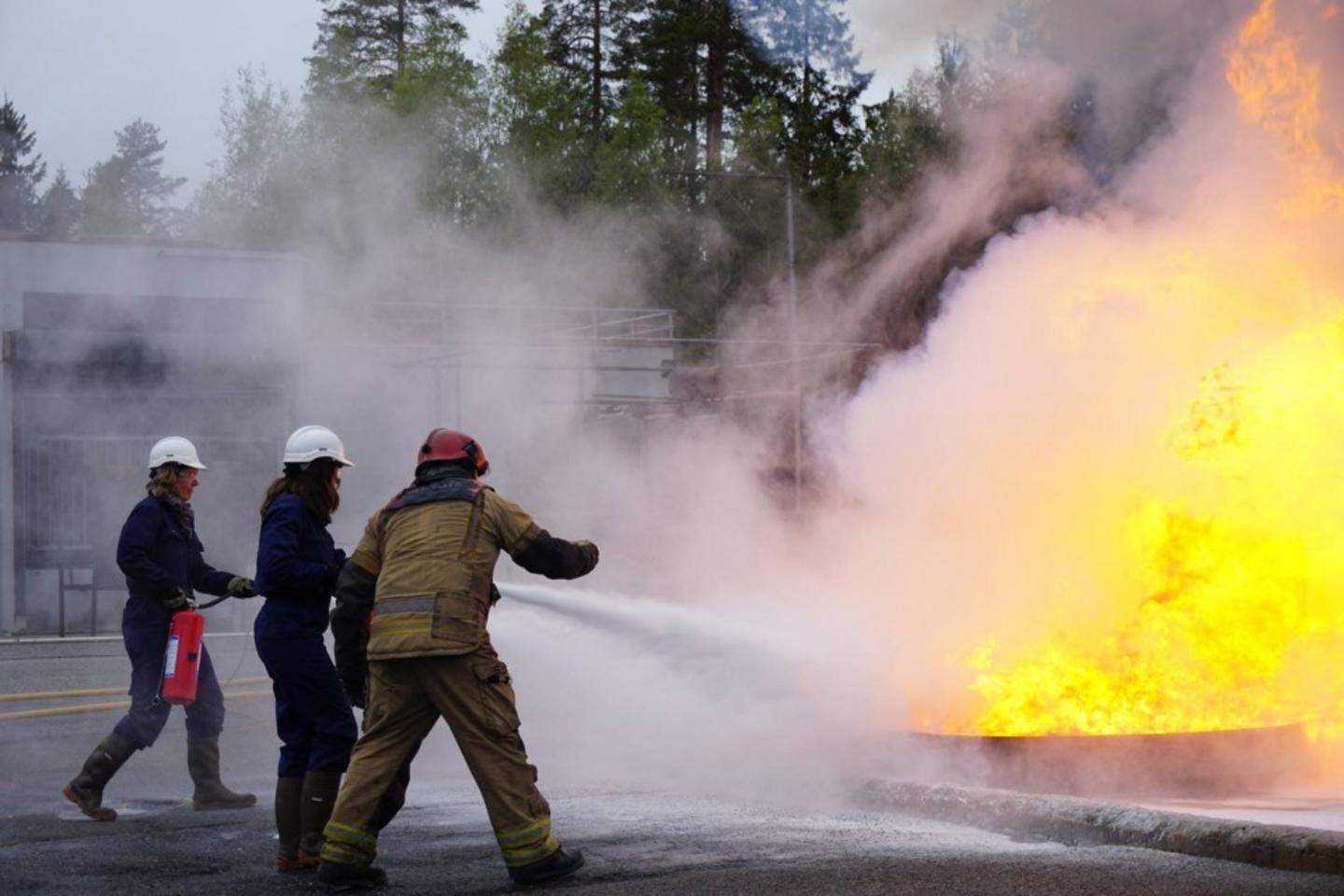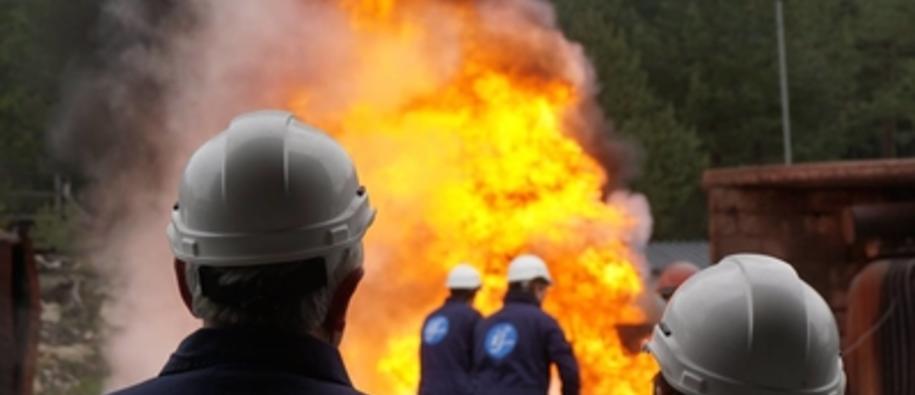Article reproduced courtesy of Dalia Stabrauskaitė
Importance of training
The risk of fire is always a great threat, especially in the Nordic and Baltic countries, where many of the historic buildings are made of wood. People tend to underestimate the risk of fire, even though potential causes of fire are numerous. Technologies are constantly being improved, but there are still a considerable number of fires every year that put lives, as well as historic buildings, at risk.
Supported by the EEA Grants, the study trip to Norway aimed at strengthening awareness and knowledge of fire prevention in historic buildings amongst the EEA Grants project participants and other stakeholders responsible for vulnerable cultural heritage properties.
“Technical installations are extremely important, but the training of property owners and users is an essential part to make such measures effective,“ says Dalia Stabrauskaitė, who manages the Lithuanian 'Conservation and Revitalisation of Cultural and Natural Heritage' programme.
Fruitful discussions
The event focused on the causes of fire, prevention measures, warning systems and the installation of these in historic buildings, as well as hands-on testing of fire extinguishing equipment. At the same time it was a great opportunity for the participants to get in touch with others operating in the same field and share experience. The topic of fire retardant chemicals application on wood started fruitful discussions when comparing different practices in Norway and Lithuania, and will be further elaborated by relevant authoritarians.
“It was great to get acquainted with the views and attitudes of representatives from different institutions towards the problems which arise when balancing between implementation of fire safety means and requirements for cultural heritage objects,“ said Vytas Vaičaitis, senior specialist of the Fire and Rescue Department under the Ministry of Home Affairs in Lithuania.
Versatile programme
During the two days of training the IF Safety Center, the Directorate for Cultural Heritage and the Norwegian Museum of Cultural History were visited. These were selected based on the expertise that they hold in the field of fire prevention.
Theory and practical trainings held at the IF Safety Centre provided the participants with useful knowledge and practical skills on fire causes and prevention of loss, which can be easily applied both at home and at work. Among the issues addressed were the most common causes of fire – namely, faulty use of electronic appliances and their defects.
During the meetings at the Directorate and the Museum, the participants took a closer look into fire prevention measures applied particularly in historic buildings. Karin Axelsen, specialist of the Directorate for Cultural Heritage, highlighted the importance of simple organisational measures, such as raising user awareness, organising training, regularly checking electric appliances and safe storing of litter. This does not require high investments, but significantly limits the risk of fire.
Tormod Kaaløy, the Head of Operation and Security Department at the Museum of Cultural History in Oslo, presented a fire prevention strategy applied at the museum to protect valuable buildings, some of which date back to the Middle ages.
Fund for Bilateral Relations
The event was financed by EEA and Norway Grants fund for bilateral relations. The purpose of the fund is to support networking and exchange of knowledge and experience between countries.

